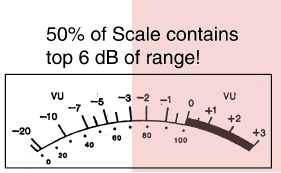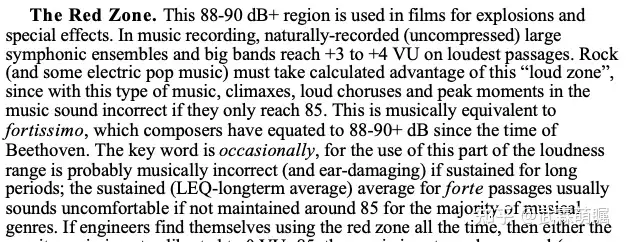MengW
Member
- Joined
- Jun 30, 2022
- Messages
- 63
- Likes
- 44
你好,
我找到了 Bob Katz Level Practices 的两个版本。一个是 83 dB SPL,另一个是 85 dB SPL。
哪个是正确的?
谢谢。

 www.digido.com
www.digido.com


 www.soundonsound.com
休·罗布约翰斯
www.soundonsound.com
休·罗布约翰斯

我找到了 Bob Katz Level Practices 的两个版本。一个是 83 dB SPL,另一个是 85 dB SPL。
哪个是正确的?
谢谢。

Level Practices (Part 2) - Digido.com
Digital Domain - we ensure musicians, independent artists and record labels get the best sound possible. Bob Katz provides the best in mastering and mixing.
Establishing Project Studio Reference Monitoring Levels
If you're serious about recording and mixing you need to set a consistent reference level to which you can always return. Our seven‑step guide explains how to do it.
Last edited:


